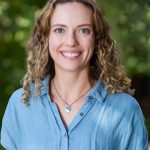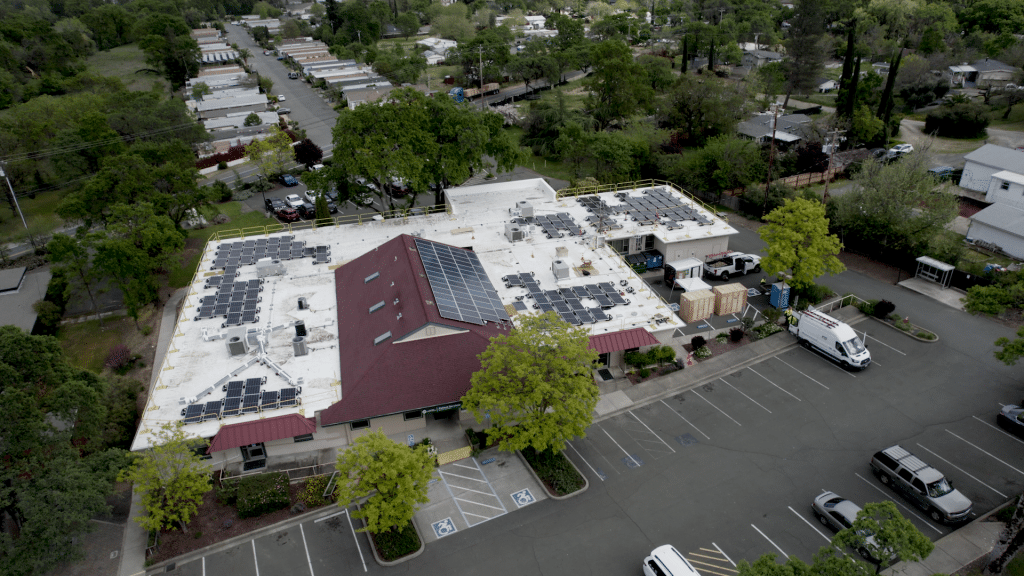“It was incredible,” Ryan recalls of that night. “We had this long list of a couple hundred galaxies we were hoping to look at. We found it in the ninth image.”In the summer of 2017, Dr. Ryan Foley’s team famously became the first to capture optical light from colliding neutron stars—a discovery so important that it shaped humanity’s understanding of our place in the universe. When Ryan’s team published its first paper on the discovery in the prestigious journal Science, they included a portion of the online messages the team exchanged when they first realized what they were looking at. Why? “We really wanted to show exactly how things progressed, really do the play by play, warts and all,” he explains, sitting in his office at University of California, Santa Cruz on a sunny day, his window open to the rustling redwoods outside. Ryan says that in part, he also hoped the chats would help people see that science is approachable.
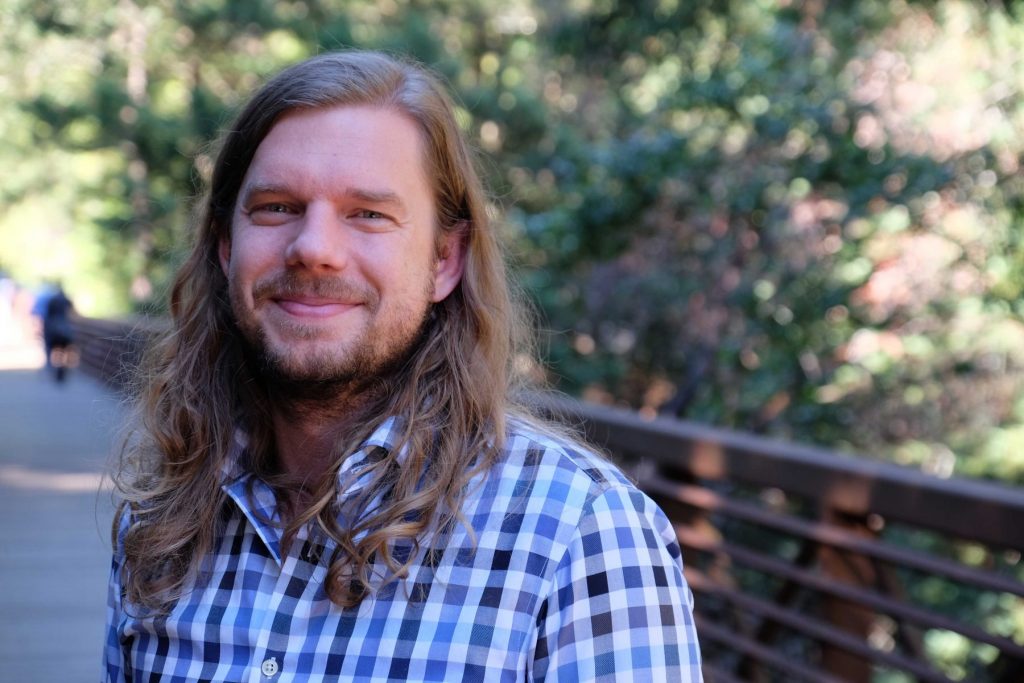
“Science is done by people who care about it, are passionate, and work hard.”
A Natural Talent
Before becoming a world-famous astrophysicist, Ryan grew up in Holland, Michigan, where his father worked as a furniture designer and his mother as a dental hygienist and later, a realtor. As a child, he loved puzzles, and he demonstrated a precocious talent for mathematics. By the time he reached high school Ryan was already taking math courses at a local college. As an undergraduate at the University of Michigan, he decided to double major in math and physics.
Ryan has always found math particularly satisfying because it is driven by rules that ultimately yield definite, concrete answers. As he puts it, “Everything is very simple once you know the rules,” from multiplication to tensor calculus to particle physics.
But when he took his first astronomy course as a junior in college to help fulfill his physics requirements, Ryan quickly found that he enjoyed both the subject matter and the collegiality of the community. He admired what astronomers could teach people about how the universe works.
“Astronomy is everything. When you want to think about what problems to work on, astronomy has the best questions.”
Why is there a universe? How does a star explode? Captivated by these fundamental puzzles, Ryan pursued astronomy as his third undergraduate major, then earned his M.S. and PhD in astrophysics from the University of California, Berkeley. He quickly rose in his field and started teaching at the University of Illinois before moving to his current institution, UC Santa Cruz.
As he navigated academia, Ryan was thankful for the community of astronomers who welcomed him with open arms, many of whom were Packard Foundation Fellows themselves.
“I’ve been really blessed to be around some incredible people,” he says.
Ryan recalls that UC Berkeley astrophysicist Alex Filippenko taught him to push himself through his research, even though he may well fail. Ryan also worked closely with 1994 Packard Fellow Christopher Stubbs, who Ryan says “taught me how to be a scientist in the right way—how to choose your projects, be ethical in your work . . . Ultimately, whenever I have a difficult question, he’s the person I go to, because he is always right.” Bob Kirshner, another mentor, taught Ryan that science is also about persuasion and shaped the way Ryan communicates about his work.
Ryan also credits 2008 Packard Fellow Enrico Ramirez-Ruiz with helping bring him to UC Santa Cruz. Ryan says Enrico is “fantastic as a collaborator, as a friend, and as a mentor—he also has a way of overselling me again and again.” Ryan pauses for a laugh before continuing more seriously, “It’s probably a tactic so that I rise to the challenge.” As if Enrico predicted the future, Ryan soon found himself tackling the biggest challenge of his career.
The Discovery of a Lifetime
Neutron stars rank closely behind black holes as some of the densest and most massive objects in the universe—a teaspoon of neutron star material would weigh roughly the same as Mount Everest. In addition, scientists had long believed that a merger between neutron stars—essentially, when two neutron stars become so close, and enter such rapid orbit, that the gravitational force of the one rips apart and absorbs the other—would yield not only a significant portion of the heavy elements in the universe, such as gold and platinum, but also an enormous, bright, and visible flash of light, which could be observed from Earth.
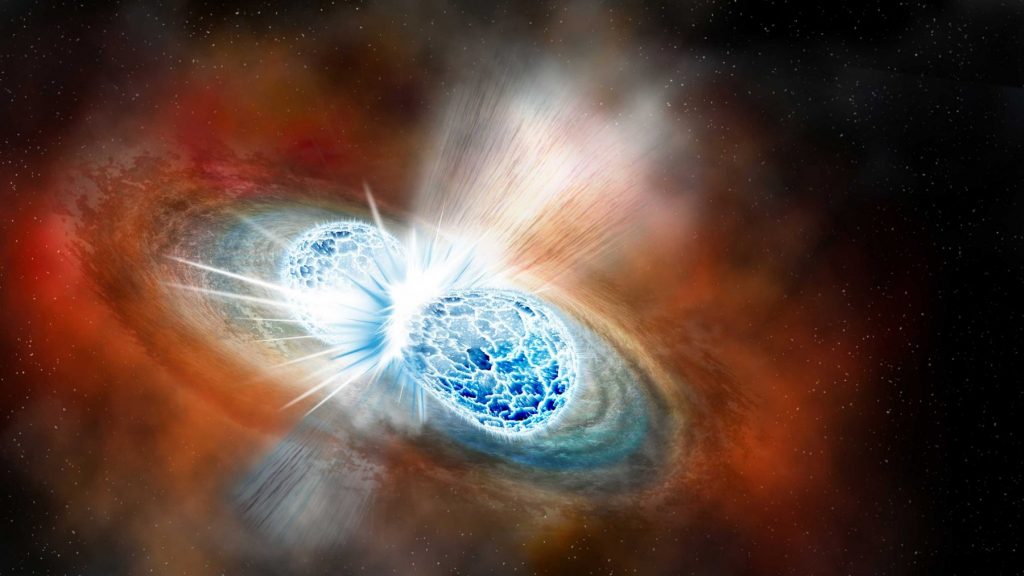
The possibility and potential scientific significance of such a merger had been posited and calculated by theoretical astrophysicists, including Enrico, but no such event had ever been visually recorded.
In 2017, astronomers around the world had been on the lookout for light from a great merger of this sort. Ryan had a small team divided between the southern hemisphere in Chile and the northern hemisphere in Santa Cruz, but realistically, they didn’t anticipate finding anything for years. While enjoying a rare afternoon off with his partner during a work trip in Copenhagen, Denmark, waiting in line to ride a carousel, Ryan got a text from his grad student Dave Coulter. The text told him to check his email, and that a neutron star merger had been detected.
“I told him I thought it was a joke,” Ryan says.
But he was soon convinced and he rushed back to the office to start leading his team through preparations for observing the merger. The project required extensive coordination, not only between Ryan and his team in Copenhagen, but also his postdoc Charlie Kilpatrick in Santa Cruz, the Swope telescope at Las Campanas Observatory in Chile, and other partners and team members around the world.
“It was incredible,” Ryan recalls of that night. “We had this long list of a couple hundred galaxies we were hoping to look at. We found it in the ninth image.”
The team noticed all the hallmarks of what they’d expect from a neutron star collision, the data started pouring in, and human knowledge of the universe would never be the same.
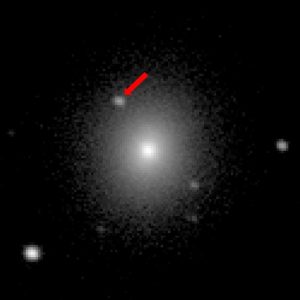
The discovery ruled out exotic theories about gravity by confirming that gravity and light travel at the same speed. It also solved complex problems in astronomy, such as whether gamma ray bursts come from the merger of neutron stars, and contributed to our understanding of other questions, like how quickly the universe is expanding. But because these findings suggest that all the heavy metals in our Milky Way could have come from neutron star mergers, Ryan finds deeper meaning for us as human beings.
Quoting astronomer Carl Sagan, Ryan explains “‘We are all made of stardust.’ That’s what it means. There are stars, they literally exploded, they dispersed elements that coalesced into gas clouds and became us. This is taking that one step further—to really understand our place, where humans lie in the universe and how we got here. It’s hard to get more fundamental than that.”
A Team Effort
In the wake of this discovery, Ryan now finds himself in the unique position of both being at the dawn of his scientific career and quite possibly at its pinnacle—a lot to take in for someone still in pursuit of tenure and his first house.
But if you were to ask Ryan questions about “his” discovery and “his” research, he’s quick to clarify that it’s his team that does all the hard work and deserves the credit.
“The things we’ve done were a team effort, and the only reason we were able to do it was because everybody was contributing,” says Ryan.
Feeling that he’s been fortunate enough to work on the discovery of a lifetime so early in his career, Ryan works hard to ensure his students and postdocs are supported, that their research is well-funded, and that they can thrive. “My team is fantastic,” he says. “They are all incredible scientists . . . Everybody on my team is capable of that next breakthrough, so I just try to make sure they can do it.”
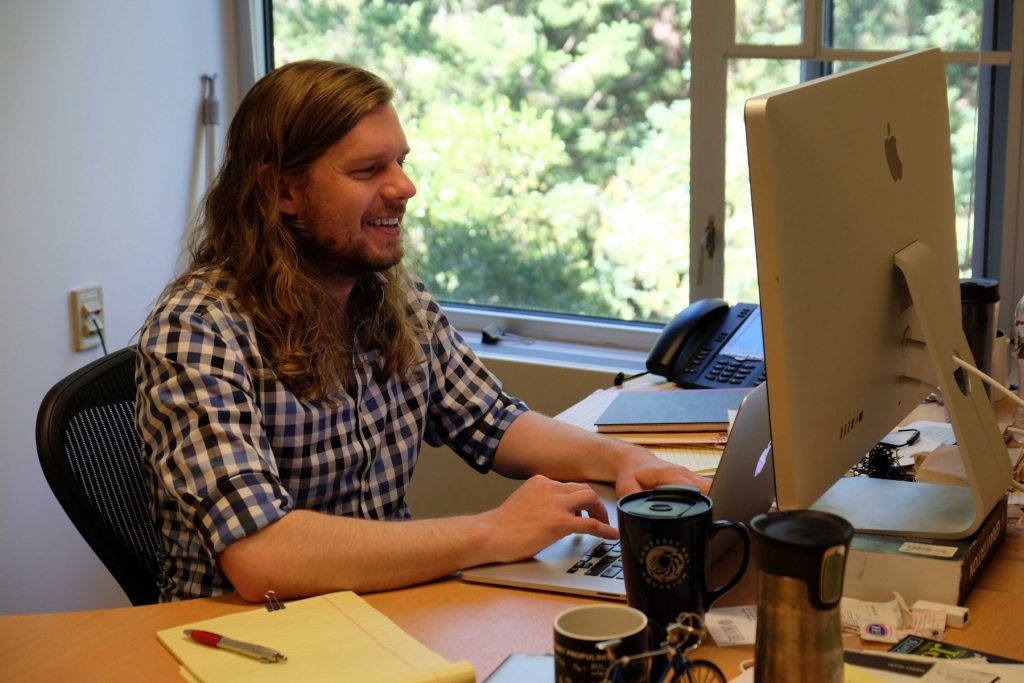
Ryan recognizes how fortunate he is not only to call these people his peers, but also to have come along at a time in human history when he could benefit from the scientists who came before him.
“It’s that idea that science is both this long string, where you can trace back discovery to the origin of thinking about the natural world, and at the same time, it will continue on forever,” Ryan explains. He notes with fascination that there are people alive today who were born before Edwin Hubble demonstrated that the Milky Way is only one of many galaxies, or that the universe is expanding.
“That’s crazy that for the majority of humanity,” he says, “we didn’t know anything about our place in the universe, and now we have a pretty good idea.”
“So I think it’s certainly the case that where we are now is only because of the people before us.”
When pressed, the ever-humble Ryan modestly recognizes that he has a place to claim in this long line of scientists and that his research is a part of this mounting body of knowledge.
“The idea that, generations from now, somehow anything that I’m doing today might be useful is pretty amazing,” he admits. “At the very least, in this idea of our current understanding of how the universe works, I’d like to think that I’ve contributed a little.”

